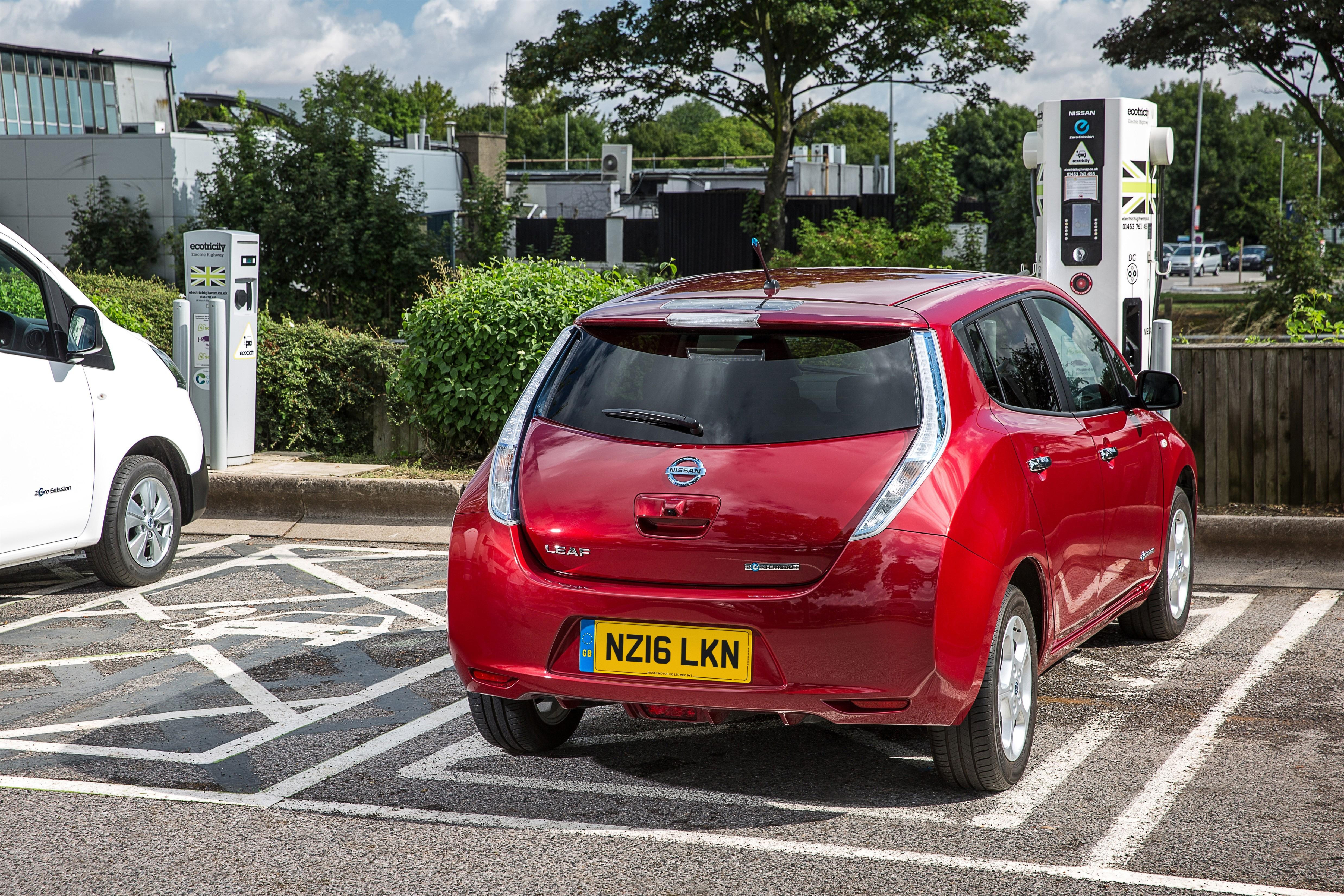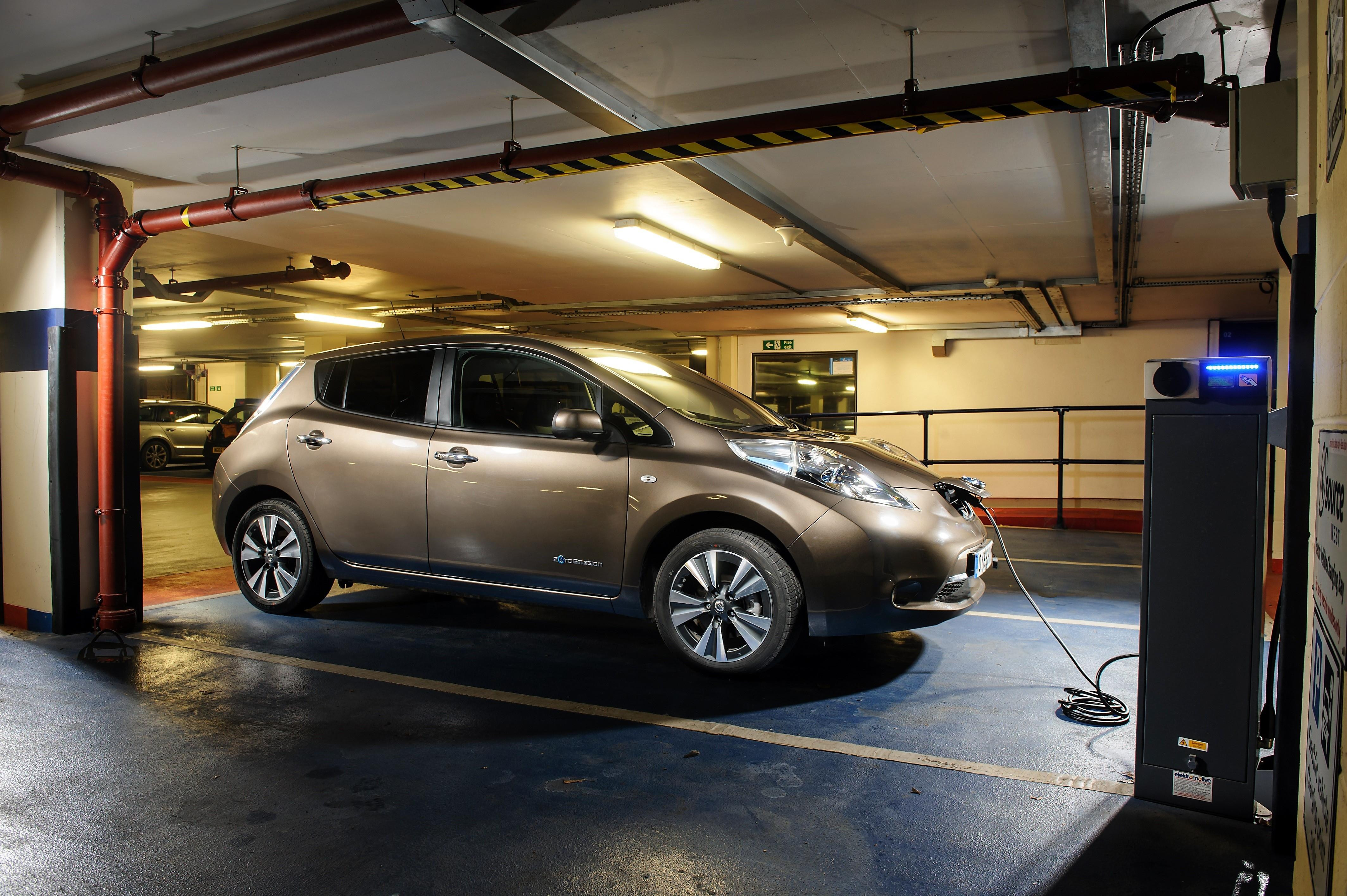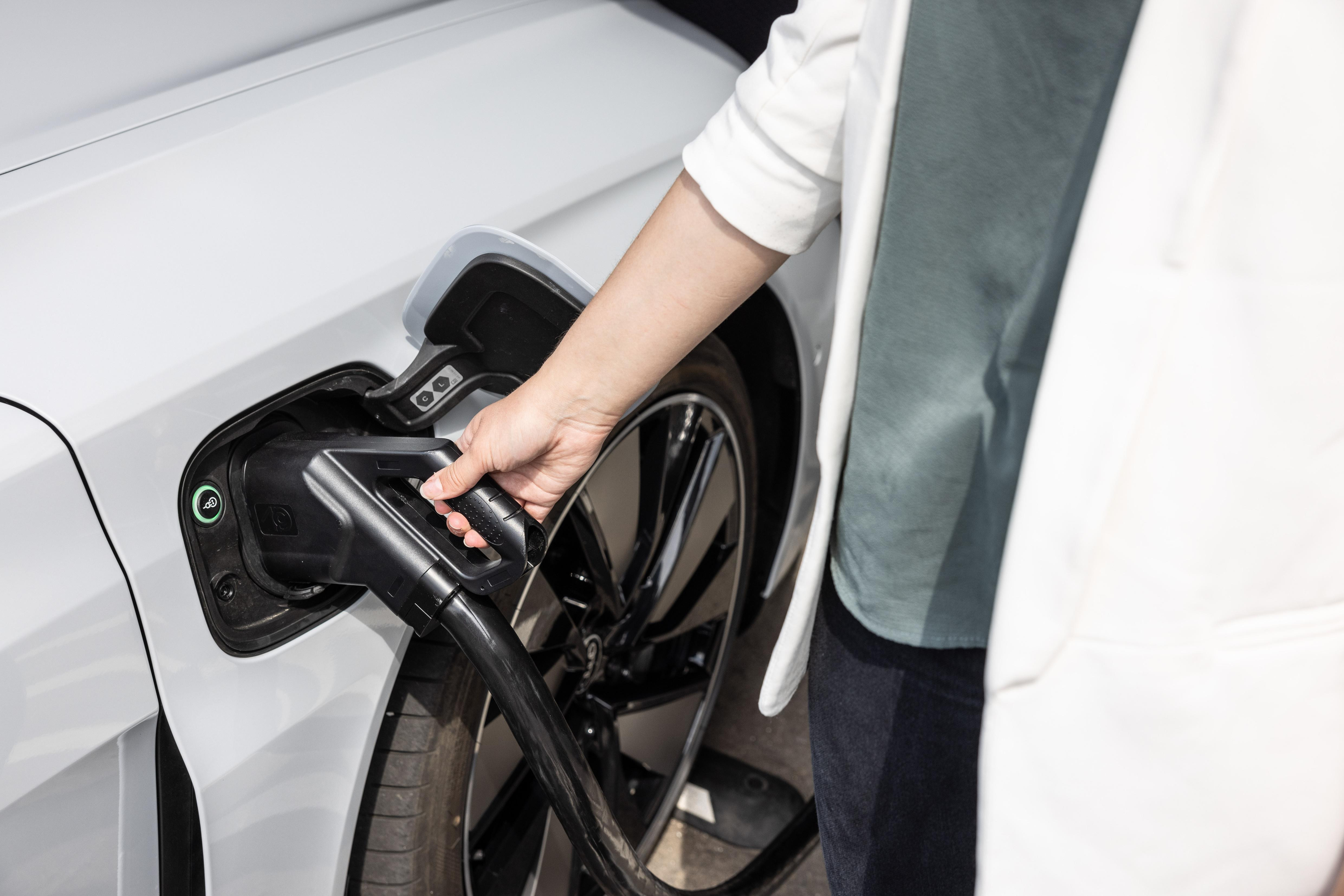The Do's and Don'ts of Electric Vehicles

The electric car segment is flourishing, bringing a wealth of new vehicles, features and innovations. But alongside all of the technological aspects, this changing motoring landscape is bringing a number of different dos and don’ts.
But what are they and what do you need to know if you’re considering leasing an electric vehicle? Let’s take a look.
Don’t park in a charging spot if you’re not charging up

It’s frustrating when you turn up to a charger to find a petrol or diesel car sitting in an EV-only spot (it’s referred to as ICE’ing, too) but arriving to see an electric car in a space when they’re not plugged in is even more annoying.
So even if it’s a packed car park, don’t be tempted to rock up and use an EV-only space if you’re not planning to charge - there could be someone who really needs the access.
Do park so that other users can access chargers
Much the same as regular parking spaces, you should make sure that you’ve positioned your car sensibly within a charging bay, ensuring that other users can access a charging point that you’re next to.
Remember, plenty of chargers have two connecting points, so you’ll need to bear in mind that others might want to use it as well as you.
Don’t charge beyond 80% if you’re on a rapid charger

You might think that 100% of battery charge should be the goal, but that’s not the reality with EVs. When you’re hooked up to a rapid charger, most electric vehicles will ‘throttle back’ and slow down the rate of charge that they can accept in order to preserve the life of the battery.
So while you might notice that a charger speedily adds the miles before 80 per cent, it’ll really slow down afterwards. So once you’ve hit that 80 per cent mark, it’s worth disconnecting and allowing someone else to use the charger.
Do check on Zap-Map to find out charger locations and readiness
A little bit of planning goes a long way in the electric car world. Core to this is Zap-Map, which is one of the UK’s largest charger mapping service. Accessed via a smartphone app (or desktop website) it’ll show you locations for all the major chargers in the UK along with their pricing and status.
Checking it can avoid some real stress, too. Zap-Map will tell you if a charger is currently out of service, so you won’t need to waste precious charge travelling to a unit if it’s already conked out.
Don’t leave an EV at a charger if it’s completely full

It can be tempting to park your car at a charger and leave it to do its thing. And of course, if you’re very low on charge and require a decent slug of electricity, there’s no reason why you can’t go off and do some other bits and bobs while it tops up.
But you should refrain from leaving your car on a charger when it’s fully charged. After all, you can’t top up an electric car any further after 100 per cent and all it’s doing is preventing other EV owners from using the charger.
Do try using slower chargers if time isn’t a priority
If you’re in a hurry - or in the midst of a longer journey - then obviously a rapid charger will be your best option. However, if time isn’t of the essence - or if you’re staying in a location overnight - then it’ll be far more cost- and time-effective to use a standard fast charger.
These will provide enough charge to fully top up an EV overnight and they’re often accompanied by much lower charging prices. It’s a more efficient way of doing it, that’s for sure.


















